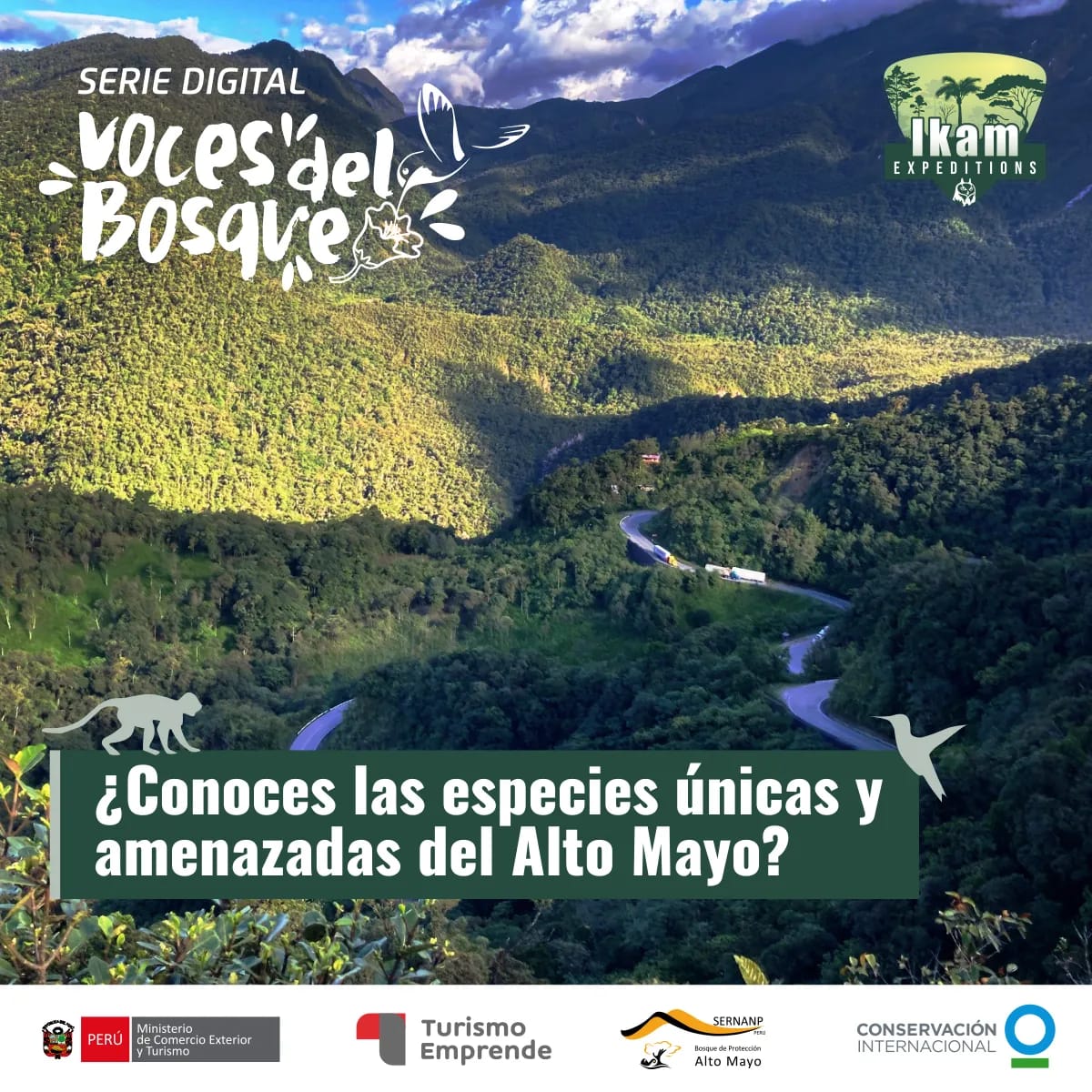The creation of the series came about because we identified the need to communicate differently about biodiversity.
During our expeditions we have recorded in high quality videos several species, and in our networks we published those videos. However, we saw that there was little interaction from people who did not know about the birds or those who were interested.
In that sense, we came up with the idea of making a digital series, with the intention of showing the biodiversity of Alto Mayo in a different way. We had to design the series, evaluate possible recording scenarios, select fauna, build stories, plan logistics, make alliances with audiovisual production companies, expert professionals, audiovisual production, and post production.
